Pandemics are global matters, of course, but David-Toews insight that preservation of biodiversity is an important factor in preventing them offers us plenty of ways to be part of that prevention.
One such is open to us now: a chance to support a Shire initiative to get some grip on weeds, which are a major threat to biodiversity in this region.
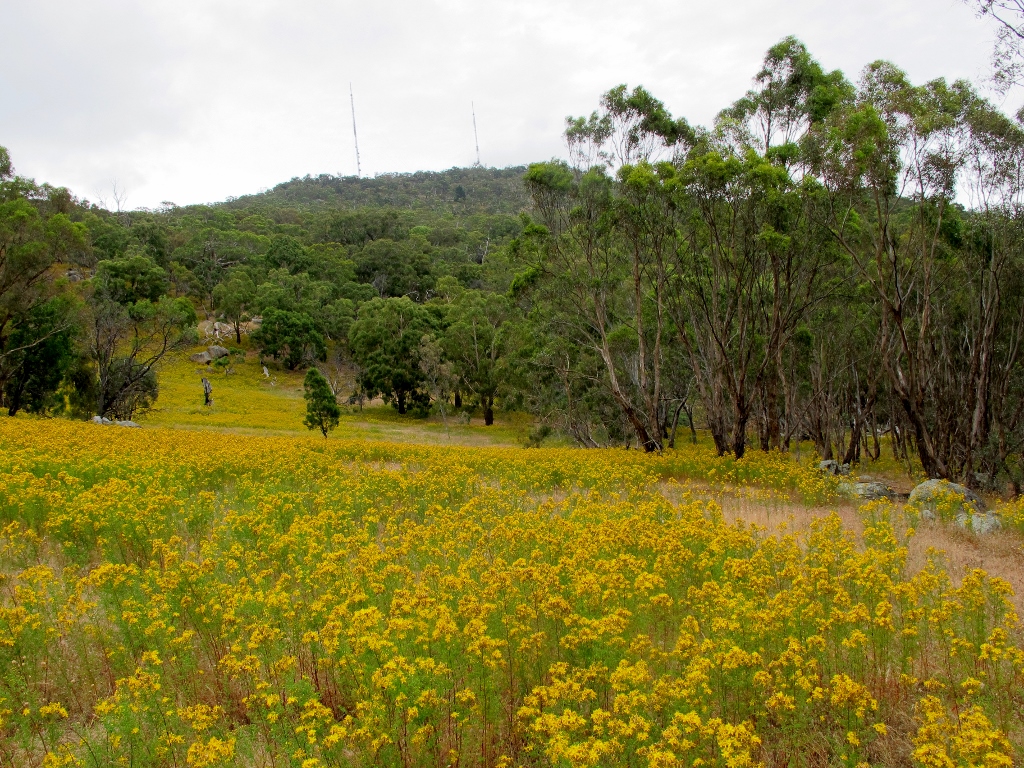
Who’s a pretty weed, then? St John’s Wort on Mount Alexander shows how weeds can cause monocultures that reduce landscape resilience: but the presence of weeds on public land is no excuse for neglecting them on private property.
The Shire’s Local Law is under review, and the Mount Alexander Shire has proposed the addition of this clause:
19.Control of noxious weeds
(1) An owner or occupier of property must not allow cause or suffer the property to have upon it noxious weeds.
Max penalty: 10 Penalty Units
(2) For the purposes of subclause (1) eradication or control of noxious weeds must be undertaken as prescribed by Catchment and Land Protection Regulations 2012
This clause will help because noxious weed infestations on private land don’t respect property boundaries and can easily jump the fence into areas which volunteers have made weed-free. By expressing support for the proposed new clause, we all have an opportunity to help ensure Council accepts it. Submissions don’t have to be long and detailed – a sentence would be OK.
No one is suggesting that the clause in question will solve the weed problem. There’s plenty of confusion about what is a weed and what isn’t, for example. There’s the intermittent problem of nurseries selling weeds to the public. And, of course, there’s the very large elephant charging around the room: the rampant growth of weeds on public land.
There are big challenges here about informing the public, and about putting pressures on politicians to adequately fund public land managers so they can do their job properly.
But none of this is an argument against the new clause. It’s a small, good step towards making our townships better places, and it deserves support.
Council will receive submissions, headed Local Law Review, up until 5pm this coming Friday, 31 July. Email to info@mountalexander.vic.gov.au or write to Jeffry Amy, Co-ordinator Community Safety & Amenity, MASC, Box 185, Castlemaine 3450. A draft of the new law is at www.mountalexander.vic.gov.au/HaveYourSay. For more information, phone Jeffry Amy on 5471 1764. Submitters may also indicate if they wish to address a council meeting.

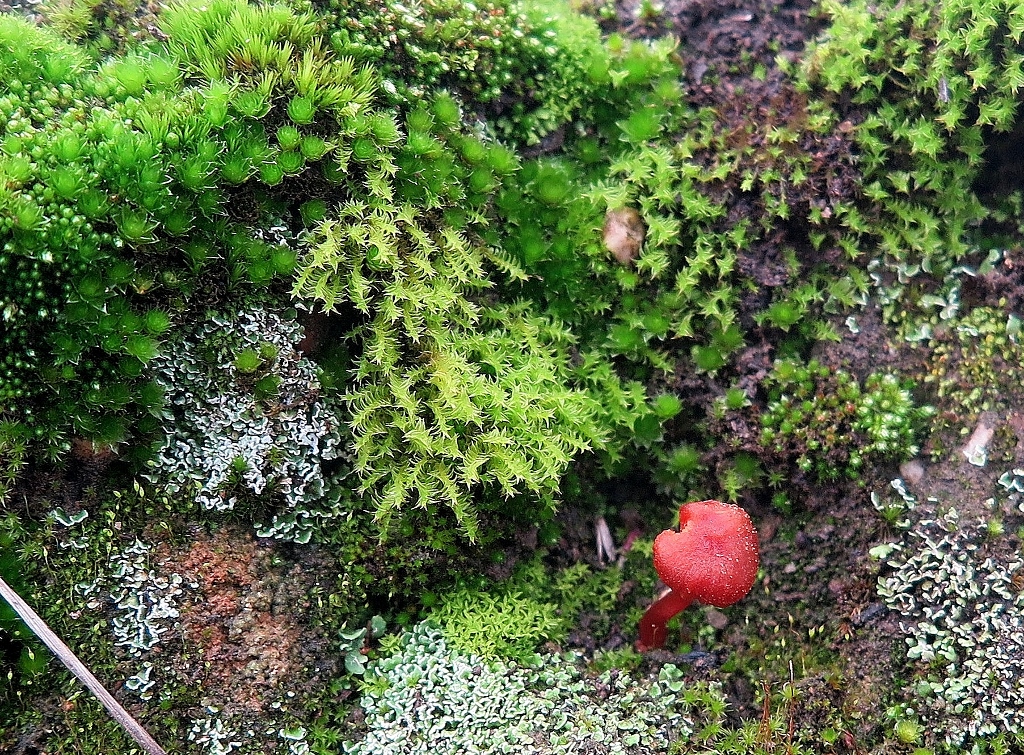
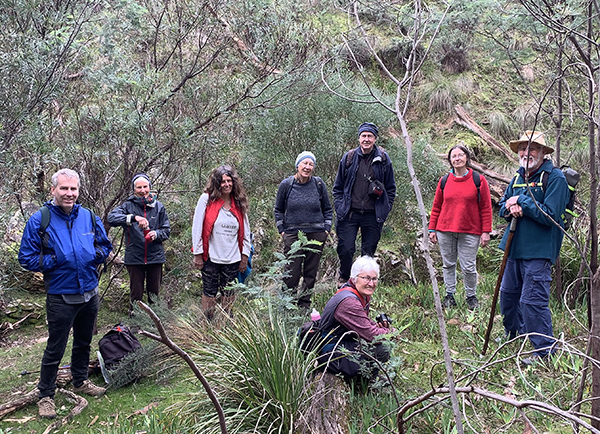
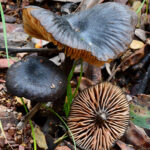
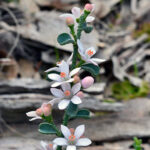
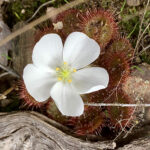
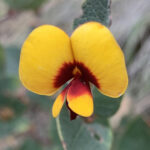
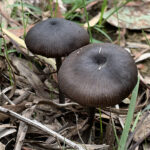
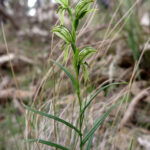
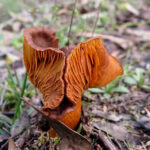
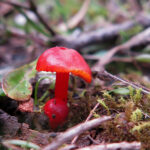
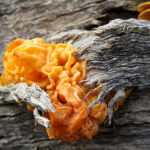
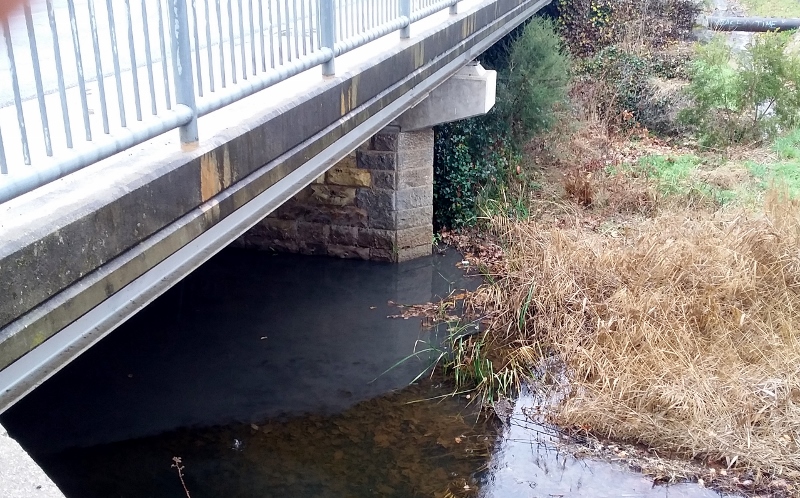
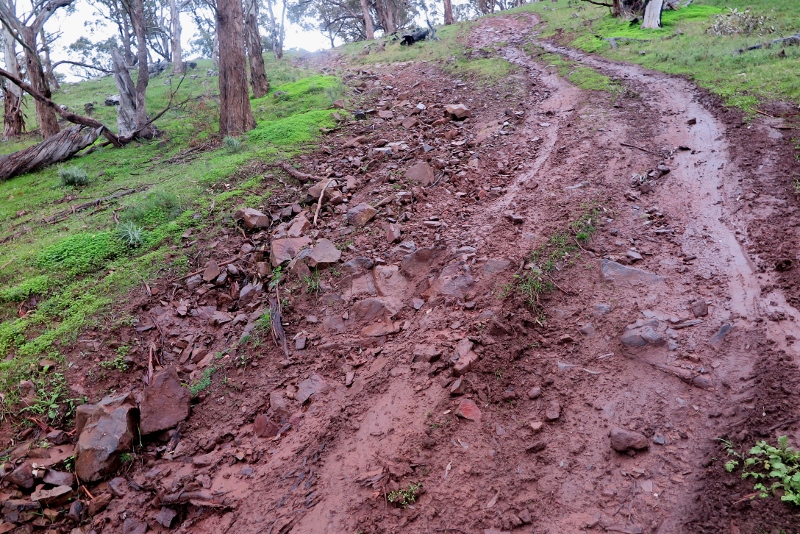
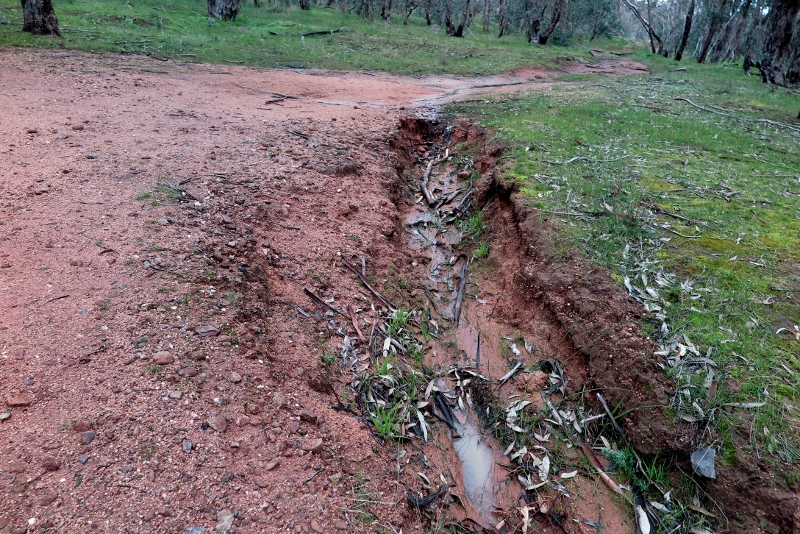
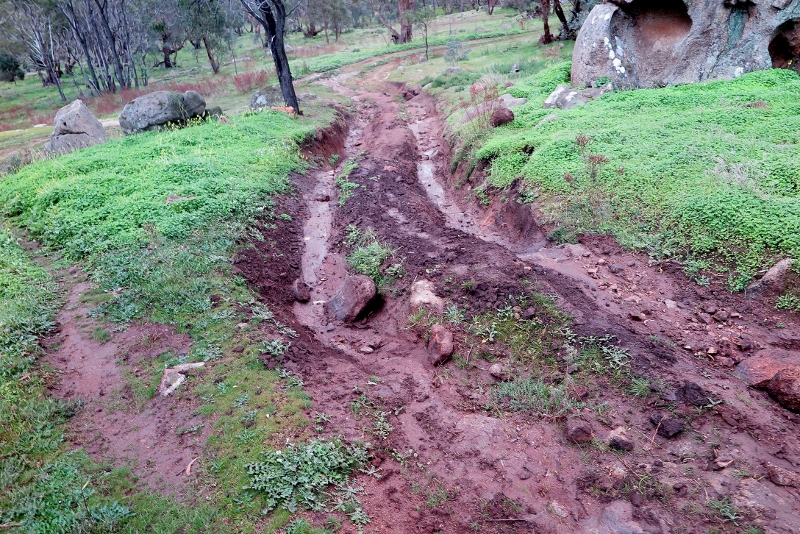
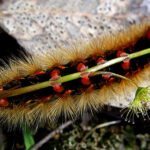
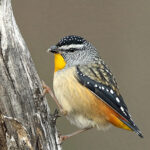
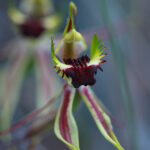
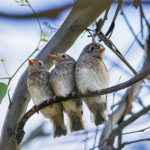


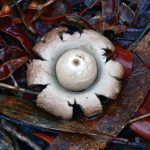
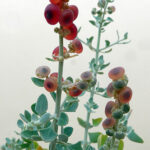
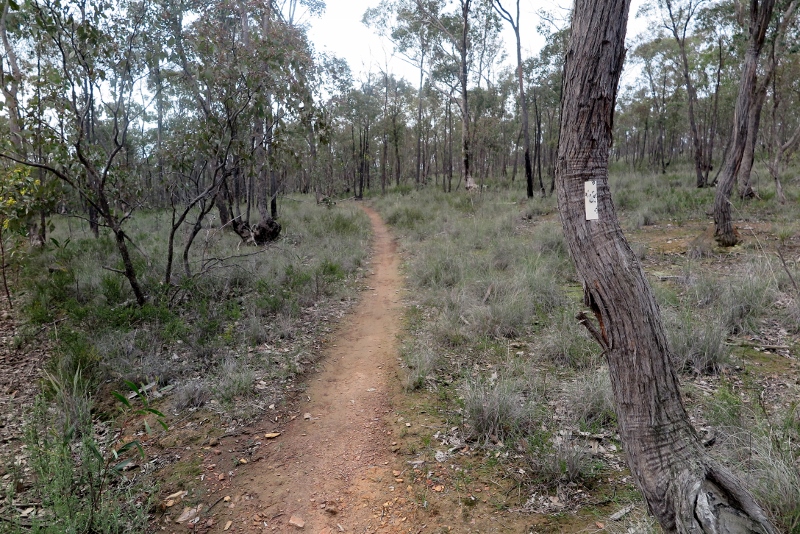
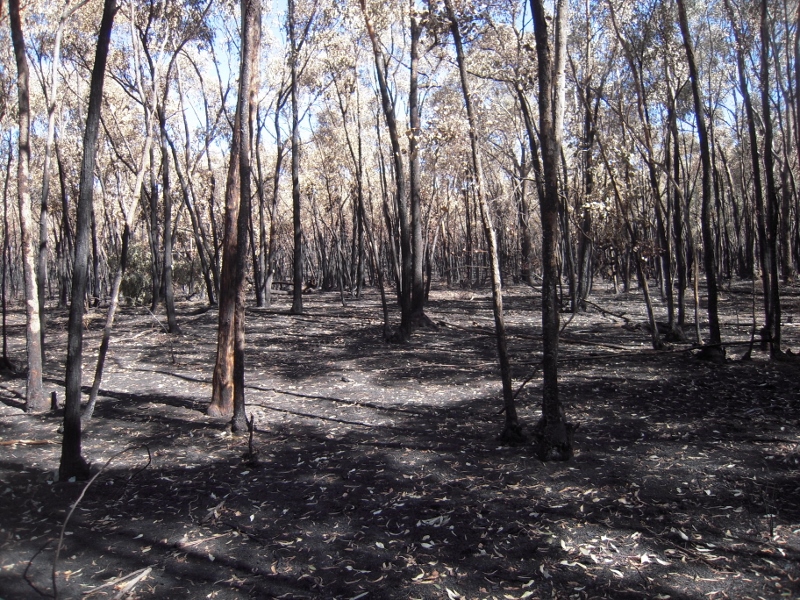
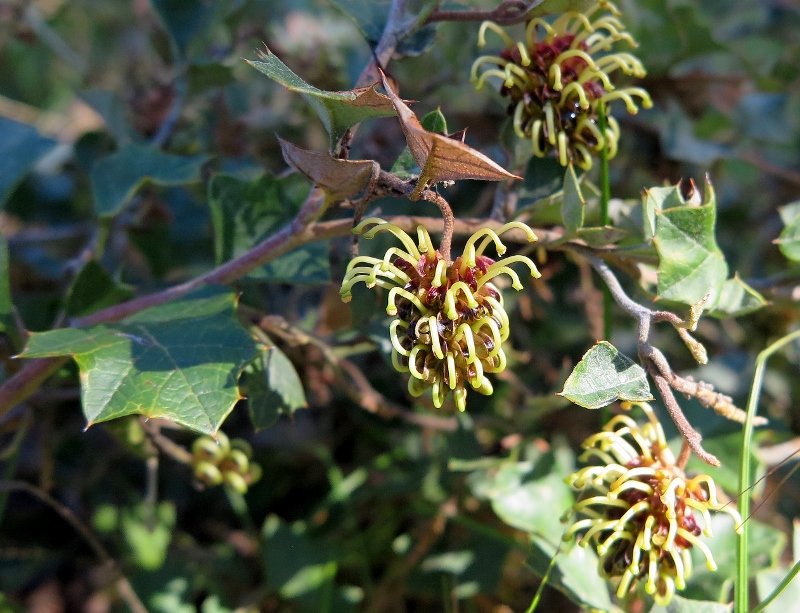
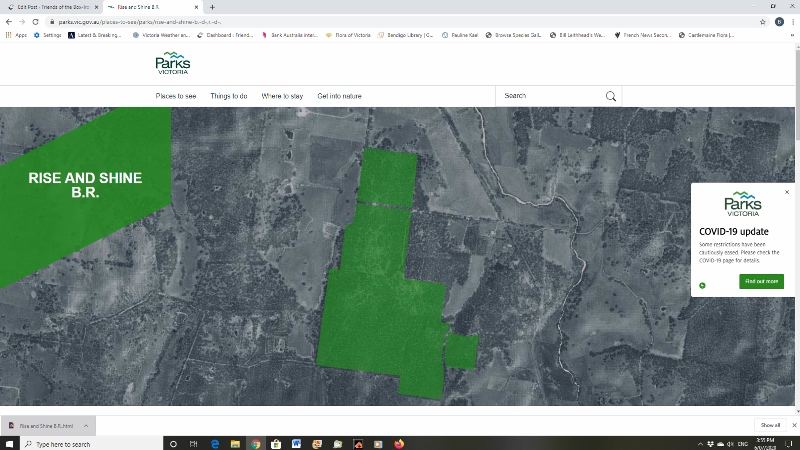



 Click on image for info/order page
Click on image for info/order page Click on image for info/order page
Click on image for info/order page Click on image for info/order page
Click on image for info/order page





















